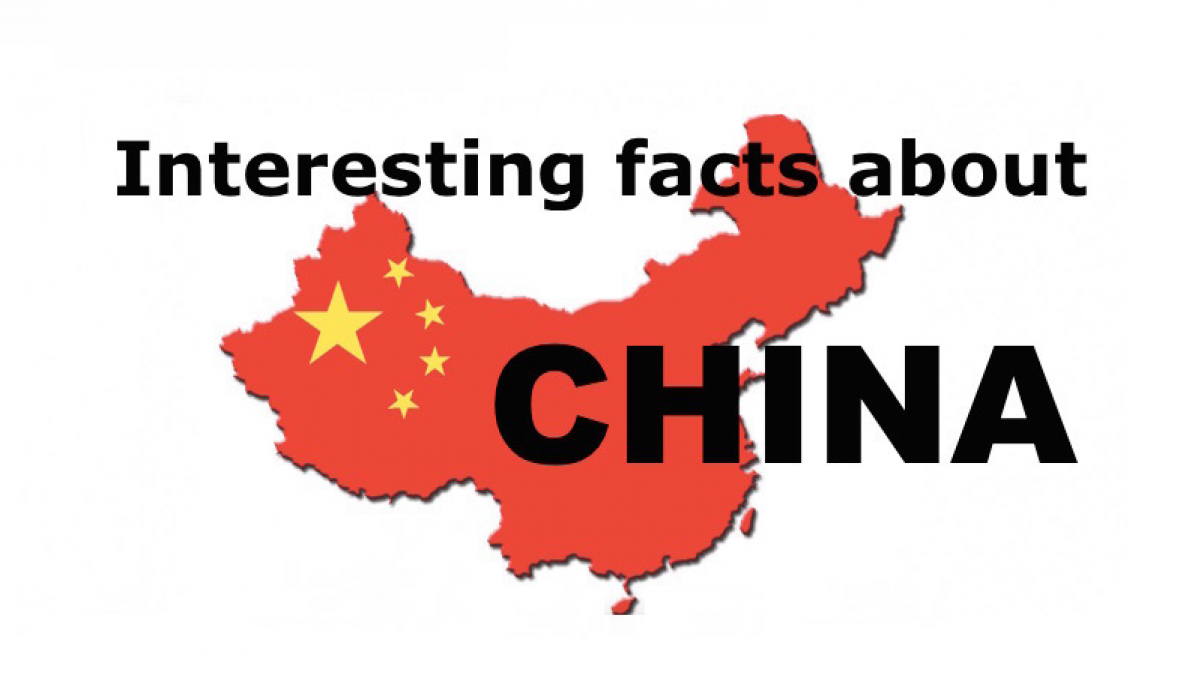China is crazy-big. How crazy-big? Let’s just say if they were having a contest for ‘biggest, craziest nation on planet Earth’, the Middle Kingdom would not only win hands down, it would leave all the other countries scratching their heads and saying “whoa, get a load of that guy.”
also read: Amazing Facts: All about Pink Dolphins
- If you are planning to visit China in the nearest future, be sure to read this post about China.
- China is commonly known as the People’s Republic of China.
- The origin of the word “China” derives from the Qin dynasty. The first emperor of the Qin dynasty was Qin Shi Huang (260-210 BC).
- As of July 2012, China has the largest population in the world with over 1.3 billion people.
- China is the third largest country by area at 9,706,961 sq km (3,747,879 sq miles).
- China belongs to the continent of Asia. Bordering countries are Afghanistan, Bhutan, Burma, India, Kazakhstan, North Korea, Kyrgyzstan, Laos, Mongolia, Nepal, Pakistan, Russia, Tajikistan, and Vietnam.
- China is also called the Flowery Kingdom, and many of the country’s flowers and fruits, such as the orchid and orange, are now being grown all over the world.
- One in every five people in the world is Chinese. China’s population is four times larger than that of the US.
- Throughout the century, the name of the capital of China has changed. It has been known as Dadu, Yanjing, and Beiping. Peking or Beijing means “Northern Capital”.
- China is considered to be the oldest civilization with some historians marking 6000 BC as the beginning of the Chinese civilization. Also, it has the world’s longest used written language.
- The highest mountain in the world, which is 29,028 feet tall, is named after the first surveyor of India, Sir George Everest. The Chinese people call Mount Everest Qomolangma, which means “Mother Goddess of the Earth.”
- There are many different languages that are spoken in China, including Mandarin, Wu, Yue, Minbei, Xiang, Minnan, Xiang, Hakka, and Gan.
- The capital city of China is Beijing, while Shanghai is the most populated city. Other major cities are Chongqing, Guangzhou, and Shenzhen.
- Forty-seven percent of the population live in urban areas.
- China’s national banner was adopted in 1949 and was first flown in Tiananmen Square, which is the world’s biggest public gathering place, on October 1, 1949, the day when the People’s Republic of China was established. The color red in the banner symbolizes revolution, the big star symbolizes communism, and all the little stars represent the Chinese population.
- The summit of Mt. Everest, the highest mountain in the world, marks the border between China and Nepal.
- Every year, China experiences typhoons and also suffers from floods, earthquakes, tsunamis, and droughts.
- The Yangtze River in China is the fourth longest river in the world and reaches 5,797 km (3,602 miles) in length. Also, the Yellow River is the sixth longest, stretching 4,667 km (2,900 miles).
- The Great Wall of China is the largest man-made structure in the world, extending 8,850 km (5,500 miles).
- The popular giant panda is found near the Yangtze River in China.
- China has the second largest economy in the world, right after the USA.
- In 2003, China became the third country in the world to successfully send a person to space.
- The 2008 Summer Olympic Games in Beijing were hosted by China. The 2008 Olympic Games in Beijing were the most expensive in the history. They were estimated to cost $40 billion.
- Fortune cookies are not actually a traditional Chinese custom. They were invented by an employee in the Key Heong noodle factory in San Francisco.
- Cricket battling is a popular form of entertainment in China, and many Chinese people keep crickets as pets.
- October 1 is celebrated by the Chinese as a national day in honor of establishing the People’s Republic of China.
- The national anthem of China is called “Yiyonggjun Jinxingqu,” which means March of the Volunteers, and was written in 1935 by the poet Tian Han and composed by the artist Nie Er, honoring those who went to the front in battle with the Japanese invaders in northeast China in the 1930s.
- China has only one time zone.
- Many historians think that soccer began in China around 1000 BC.
- In ancient China, tickling was a form of torture performed on nobility because the recovery was quick and no marks were left.
- Giant pandas (or bear cats) date back a few million years. They were considered as symbols of might and bravery.
- Instead of black, white is the Chinese color for grieving and funerals.
- The custom of tying feet, also called golden lilies, which were seen as a very sexual thing, started among the female performers and members of the Chinese court during the Song dynasty.
- Ping-pong was not invented in China, even though it is one of China’s most popular games. It started in Britain, where it’s called table tennis.
- Stamp collecting is the number one hobby in China.
- China has a dwarf theme park known as Kingdom of the Little People.
- The celebration of the Chinese New Year lasts 15 days.
also read: Amazing Facts: Some Random Facts everyone should Know
